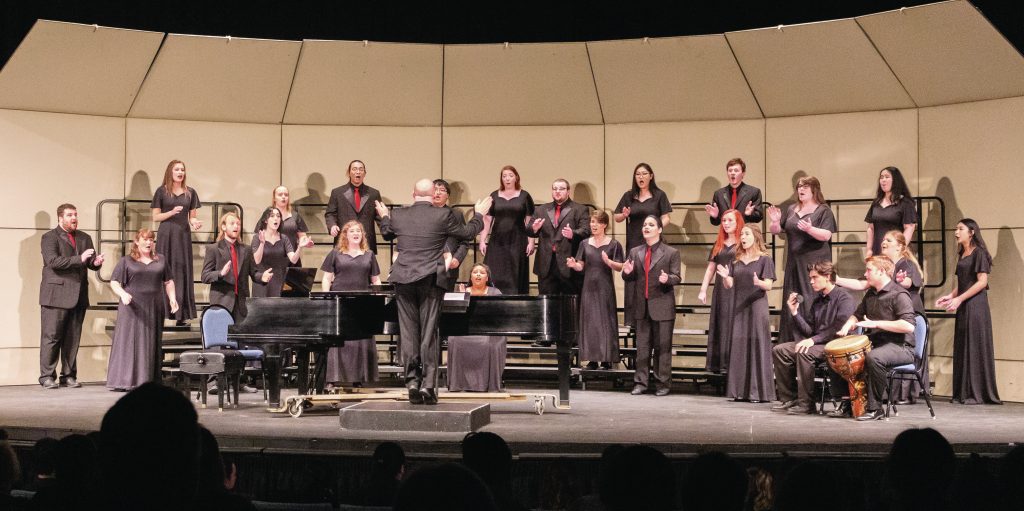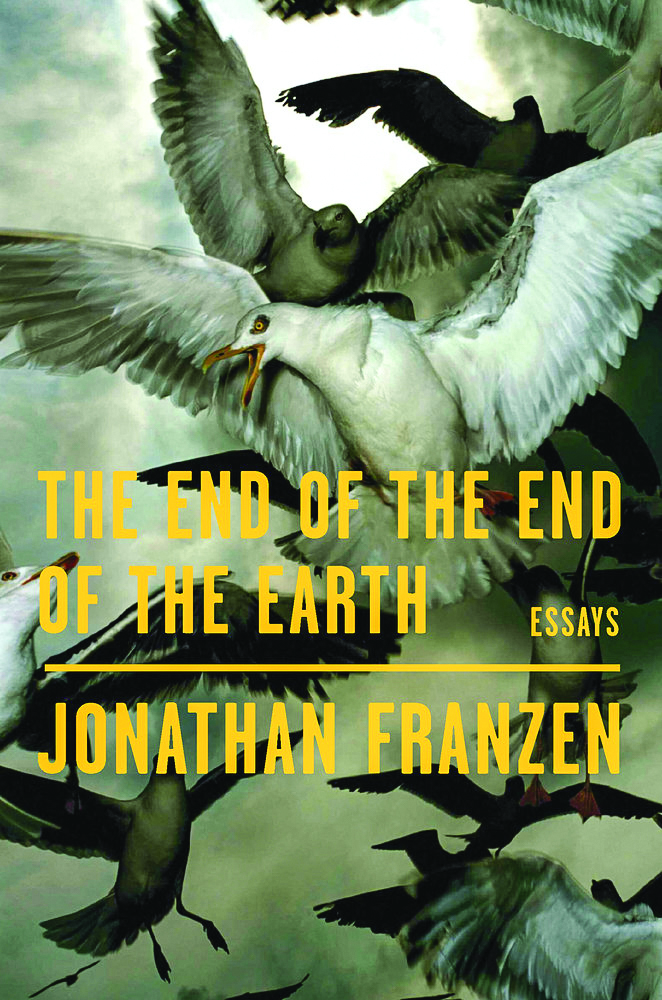
Chrys Weedon | Entertainment Editor
The “Music of the Spheres” concert choir and Chamber Singers concert on Nov. 27 gathered together a large crowd of friends, family, students and community members.
Western’s concert choir is the institution’s largest ensemble, according to the event program.
Songs from various parts of the world were performed, including “Tshotsholoza,” a South African freedom song that was sung when Nelson Mandela was released from prison. According to Director Dr. James Reddan, this song was chosen to celebrate the 100 year anniversary of Mandela’s release.
Also performed was the Austrian carol “Still, Still, Still,” “Sanctus” by Mozart, “Sure on this Shining Night” composed by Lauridsen and “Make Our Garden Grow” created by Leonard Bernstein.
The Chamber Singers are an ensemble comprised of around 24 students that performs mainly A Cappella music. Highlights included “Deck the Halls” performed in 7/8 time, “Babethandaza” which is another traditional South African song, and “Shalom Chaverim,” a traditional Hebrew song.
“In this concert, we celebrated music from different parts of the world, traditions, philosophies, religions, and ideologies,” said Dr. Reddan regarding the title of the concert. “Especially, at this time of year, it is important to celebrate our presence together and our ability to work together for more understanding for each other and the world around us.”
Dr. James Reddan is the director of all three on the choral ensembles at Western and only started approximately 10 weeks ago, as this is his first term as Director of Choral Activities. “Being new at WOU, everyone had to get used to me and me to them,” said Dr. Reddan, “choosing the music this summer was a great adventure, but more importantly, seeing the ensembles take ownership of the music to being it to life has made all of the hard work well worth it.”
Contact the author at howlentertainment@wou.edu
Photo courtesy of Ashlynn Norton





